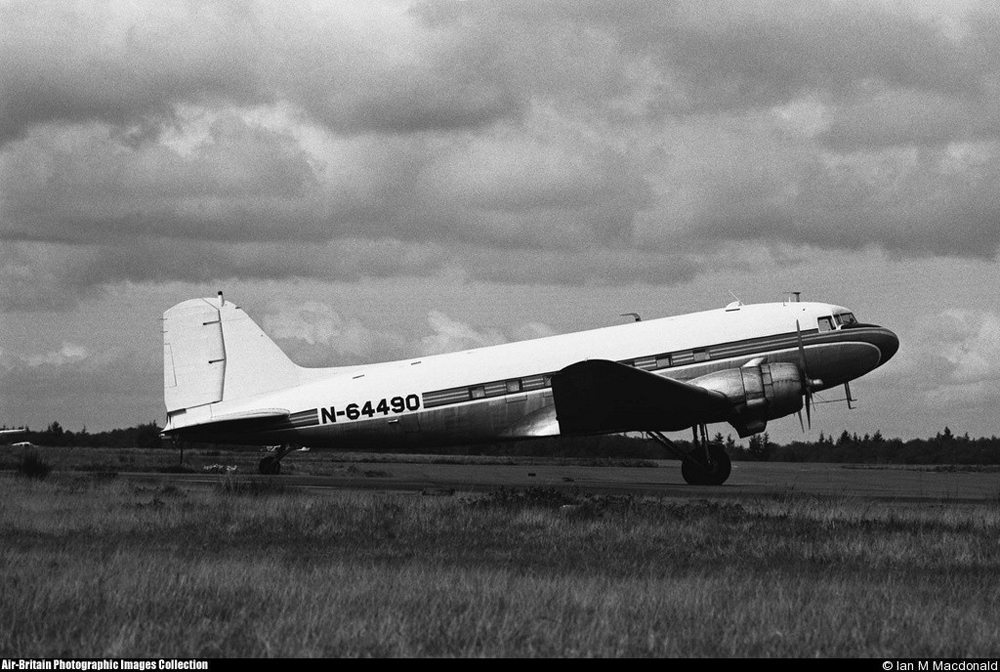Crash of a De Havilland DHC-2 Beaver in Mahoney Creek: 2 killed
Date & Time:
Sep 14, 1982 at 1200 LT
Registration:
N5157G
Survivors:
No
Schedule:
Challis - Mahoney Creek
MSN:
270
YOM:
1952
Crew on board:
1
Crew fatalities:
Pax on board:
1
Pax fatalities:
Other fatalities:
Total fatalities:
2
Captain / Total hours on type:
60.00
Aircraft flight hours:
876
Circumstances:
The aircraft was observed flying over the strip in what appeared to be a normal downwind pattern. It crashed about 300 ft below windy ridge on the northwest face. The autopsy report indicated the pilot had a "patchy healed myocardial infarct" prior to the accident. Microscopic examination supported occlusive coronary arteriosclerosis, left coronary artery. The pilot had been under a stress program & taking medication for high blood pressure.
Probable cause:
Occurrence #1: loss of control - in flight
Phase of operation: approach - vfr pattern - base turn
Findings
1. (c) aircraft handling - uncontrolled - pilot in command
2. (c) incapacitation(other cardiovascular) - pilot in command
----------
Occurrence #2: in flight collision with terrain/water
Phase of operation: approach - vfr pattern - base turn
Phase of operation: approach - vfr pattern - base turn
Findings
1. (c) aircraft handling - uncontrolled - pilot in command
2. (c) incapacitation(other cardiovascular) - pilot in command
----------
Occurrence #2: in flight collision with terrain/water
Phase of operation: approach - vfr pattern - base turn
Final Report:




